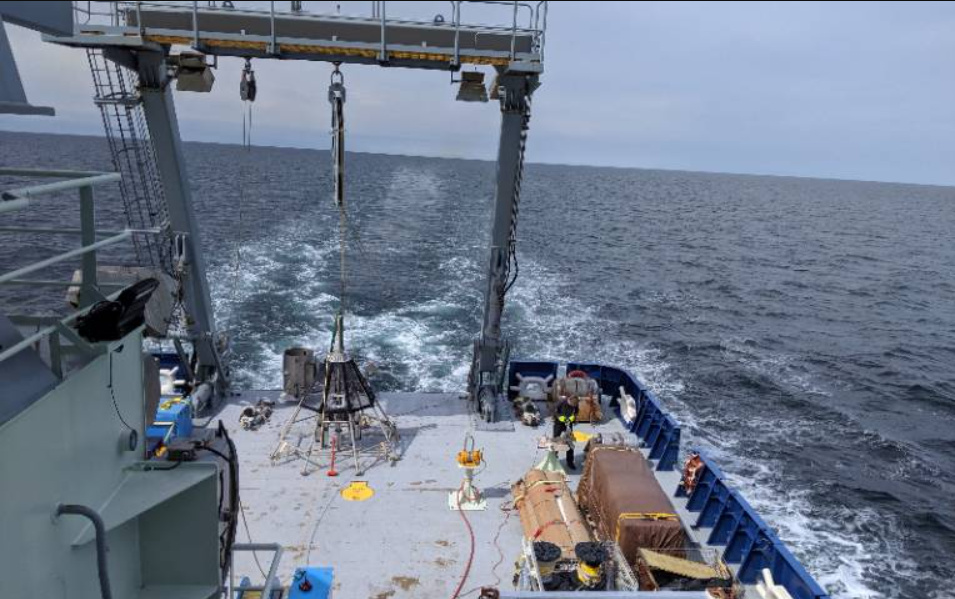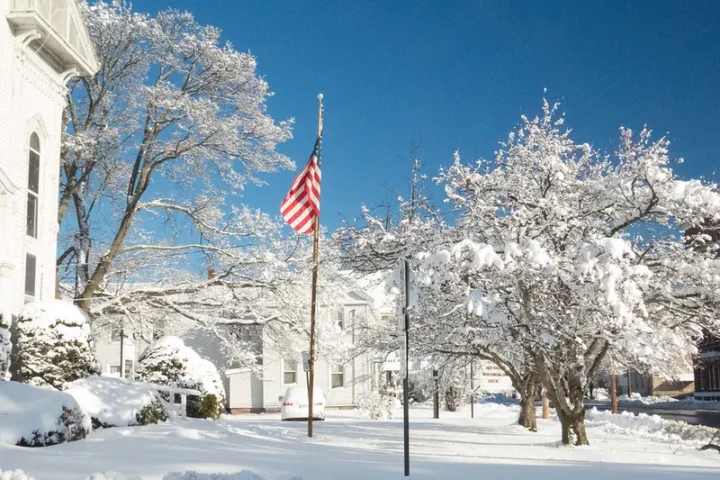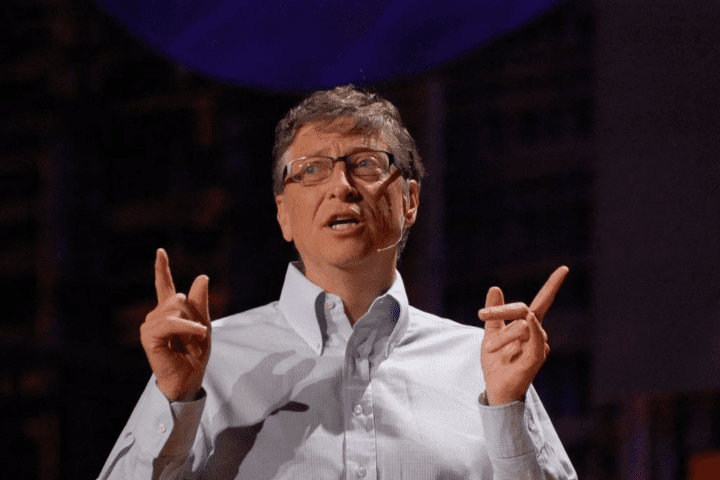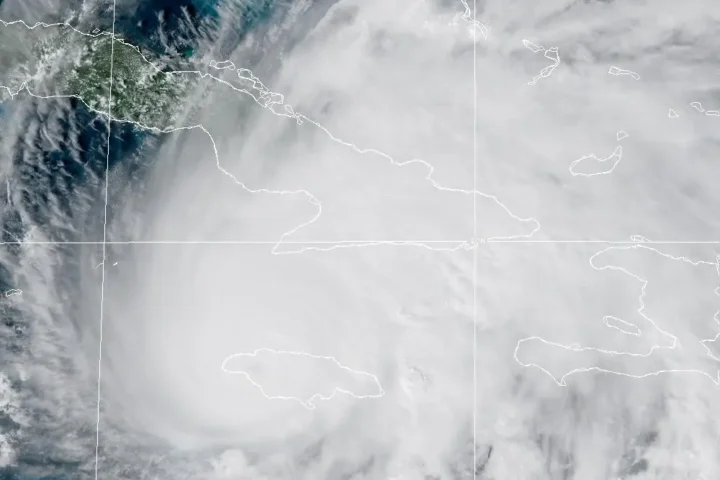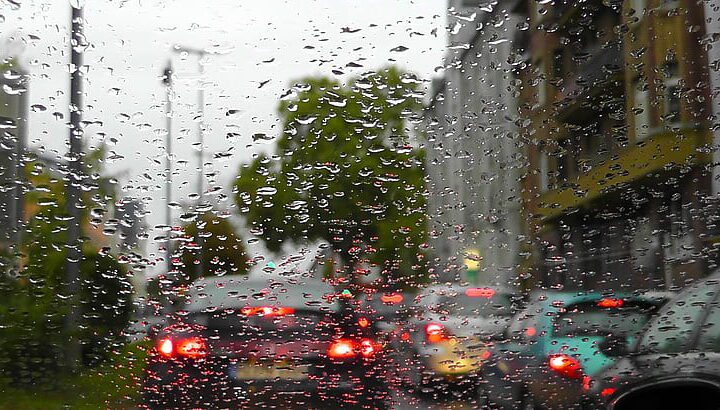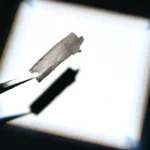In a twist that echoes the plot of a Hollywood dystopian movie, recent scientific reports suggest that Europe might be headed for a severe cooling period. The culprit? A weakening Gulf Stream, which is a warm and swift Atlantic ocean current and is part of the Atlantic Meridional Overturning Circulation (AMOC). It has been keeping Europe’s winters relatively mild for centuries.
A study led by researchers at University College London (UCL) has uncovered surprising evidence about the Gulf Stream’s behaviour during the last ice age, approximately 20,000 years ago. Dr. Jack Wharton, the lead author of the study published in Nature, stated, “We found that during the last ice age, the Gulf Stream was much stronger because of stronger winds across the subtropical North Atlantic.”
This finding presents a paradox: despite a stronger Gulf Stream which is a warmer oceanic current, the planet was still significantly colder than it is today. The study suggests that the Gulf Stream’s strength was heavily influenced by wind patterns, particularly in the subtropical North Atlantic region.
Climate Change: A Double-Edged Sword
While one might assume that a warming planet would strengthen ocean currents, the reality appears to be more complex. Dr. Wharton warns, “If in the future winds are weaker, as shown in a recent study using climate models, it could mean a weaker Gulf Stream and a cooler Europe.”
The potential weakening of the Gulf Stream is linked to two primary factors:
1. Reduced subtropical winds due to climate change
2. Disruption of deep water formation by melting Greenland ice
Professor Mark Maslin from UCL Geography explains, “…Paradoxically, the warming of the climate could cool down much of Europe by disrupting the AMOC…” If the Gulf Stream disrupts, the consequences for Europe could be severe:
– Temperature Drop: European temperatures could plummet by 10 to 15 degrees Celsius.
– Agricultural Havoc: Such a drastic cooling would wreak havoc on continental agriculture.
– Weather Pattern Shifts: Significant changes in rainfall and other weather patterns are likely to change.
– Sea Level Rise: The eastern coast of the United States could face higher sea levels.
Professor David Thornalley from UCL Geography proposes a unique approach about the AMOC: “Rather than the established conveyor belt metaphor, perhaps it is better to think of the AMOC as a series of interconnected loops…”
Historical Context and Future Projections: Unison or differences ?
Researchers used various indicators, including tree rings, ice cores, ocean sediments, and corals, to reconstruct the flow of AMOC over the last 1,600 years. The findings indicate that the AMOC has been relatively stable until a decline around 1850, followed by a more drastic dip in the mid-20th century.
Climate modelling suggests that global warming could further weaken the Gulf Stream by 34-45% by 2100. However, it’s crucial to note that the exact timeline and extent of these changes remain uncertain.
While the UCL study paints a concerning picture, not all scientists are convinced of its conclusions. Dr. Levke Caesar from Ireland’s Maynooth University led a study published in Nature Geoscience, suggesting that the Gulf Stream system could collapse as early as 2025.
Similar Posts
However, other leading scientists express reservations about such rapid collapse predictions. Ben Booth at the Met Office Hadley Centre states that the paper’s conclusions “are far from settled science.”
Professor Penny Holliday at the National Oceanography Centre adds, “Confidence in the validity of the conclusions are undermined by our knowledge that sea surface temperature of the North Atlantic subpolar gyre is not a clear indicator of the state of the AMOC, and that there is no evidence that the AMOC has dramatically weakened in the past 50-75 years.”
While the potential collapse of the Gulf Stream presents an alarming scenario, it’s essential to approach these findings with caution. Jon Robson at the National Centre for Atmospheric Science, University of Reading, advises, “Nevertheless, it is clear that the warning lights are flashing on for the North Atlantic climate system and further greenhouse gas emissions are only going to increase the likelihood of abrupt changes in the North Atlantic.”
Conclusion
As we navigate the complexities of climate change, continued research and monitoring of the Gulf Stream and AMOC remain crucial. The potential consequences of a weakened Gulf Stream underscore the importance of global efforts to mitigate climate change and prepare for possible future scenarios.
In conclusion, while the Hollywood-esque scenario of a frozen Europe remains a possibility, it’s clear that more research is needed to fully understand the future of the Gulf Stream and its impact on global climate patterns. As we’ve seen throughout history, nature has a way of surprising us, and only time will tell how this crucial ocean current will evolve in the face of ongoing climate change.
